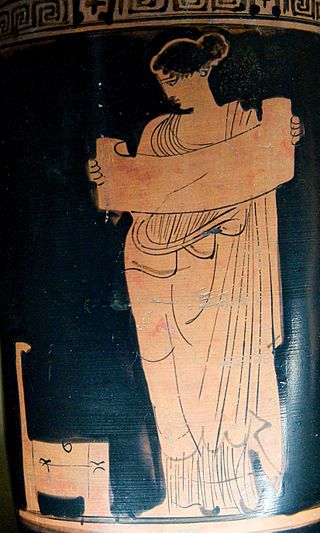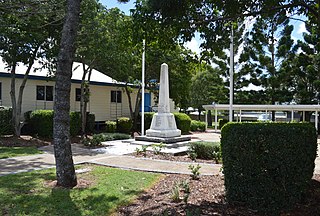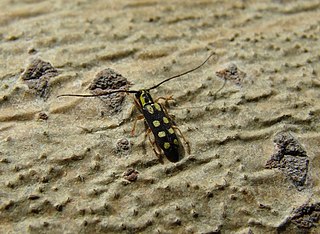
A calliope is a North American musical instrument that produces sound by sending a gas, originally steam or, more recently, compressed air, through large whistles—originally locomotive whistles.

In ancient Greek religion and mythology, the Muses are the inspirational goddesses of literature, science, and the arts. They were considered the source of the knowledge embodied in the poetry, lyric songs, and myths that were related orally for centuries in ancient Greek culture.

The Siberian rubythroat is a small passerine bird first described by Peter Simon Pallas in 1776. It was formerly classed as a member of the thrush family, Turdidae, but is now more generally considered to be an Old World flycatcher of the family Muscicapidae. The Siberian rubythroat and similar small European species are often called chats.

The calliope hummingbird is the smallest bird native to the United States and Canada. It has a western breeding range mainly from California to British Columbia, and migrates to the Southwestern United States, Mexico, and Central America for its wintering grounds. The calliope hummingbird is the smallest known long-distance bird migrant, completing migrations twice per year of some 9,000 km (5,600 mi).

Calliope is a rural town and locality in the Gladstone Region, Queensland, Australia. In the 2021 census, the locality of Calliope had a population of 5,263 people.

The Calliope River is a river in Central Queensland, Australia.

In Greek mythology, Calliope is the Muse who presides over eloquence and epic poetry; so called from the ecstatic harmony of her voice. Hesiod and Ovid called her the "Chief of all Muses".

The Shire of Calliope was a local government area in the Capricornia region of Queensland, Australia. It was centred on the town of Calliope.
Calliope is a children's program that showed various live-action and animated short films. These often included European features and shorts such as Cosgrove Hall's "Cinderella" and "The Pied Piper of Hamelin", and FilmFair's Paddington.

HMS Calliope was a Calypso-class corvette of the Royal Navy of the United Kingdom which served from 1887 until 1951. Exemplifying the transitional nature of the late Victorian navy, Calliope was a sailing corvette—the last such ship built for the Royal Navy—but supplemented the full sail rig with a powerful engine. Steel was used for the hull, and like the earlier iron-hulled corvettes, Calliope was cased with timber and coppered below the waterline, in the same manner as wooden ships.

HMS Calliope is a training centre and 'stone frigate' of the Royal Naval Reserve, located in Gateshead, Tyne and Wear.
The Calliope Range are a small low mountain range in southwestern British Columbia, Canada, located on the western end of Broughton Island and northeast of Port McNeill. It has an area of 15 km2 and is a subrange of the Pacific Ranges which in turn form part of the Coast Mountains.

Menesia is a genus of longhorn beetles of the subfamily Lamiinae, containing the following species:
Menesia bimaculata is a species of beetle in the family Cerambycidae. It was described by Stephan von Breuning in 1954. It is known from Borneo.
Menesia burmanensis is a species of beetle in the family Cerambycidae. It was described by Stephan von Breuning in 1954.
Menesia nigriceps is a species of beetle in the family Cerambycidae. It was described by Per Olof Christopher Aurivillius in 1903. It contains the varietas Menesia nigriceps var. inhumeralis.
Menesia nigricornis is a species of beetle in the family Cerambycidae. It was described by Per Olof Christopher Aurivillius in 1913. It is known from Borneo.
Menesia walshae is a species of beetle in the family Cerambycidae. It was described by Stephan von Breuning in 1960. It is known from Java.

Menesia bipunctata is a species of beetle in the family Cerambycidae. It was described by Zoubkov in 1829, originally under the genus Saperda. It has a wide distribution in Europe and Asia. It measures between 6 and 9 mm. It feeds on Juglans regia and Frangula alnus.

Menesia sulphurata is a species of beetle in the family Cerambycidae. It was described by Gebler in 1825, originally under the genus Saperda. It is known from Mongolia, Kazakhstan, Japan, China, and Russia.










